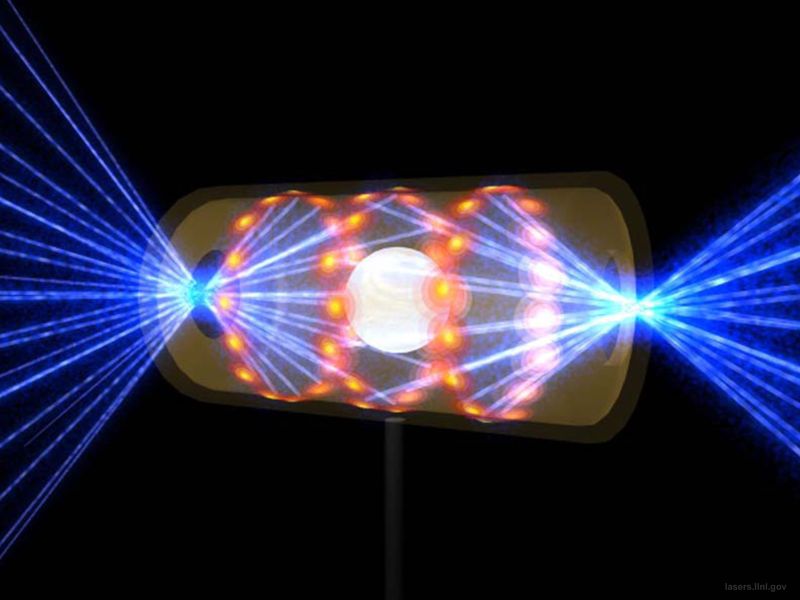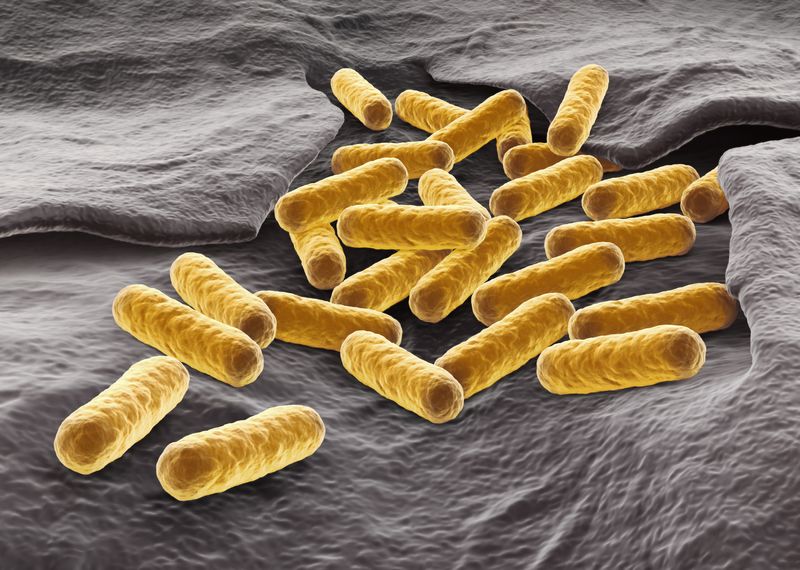Cooling buildings in the summer months is a necessary priority to keep people safe, especially as extreme temperatures and heatwaves are becoming more common. This has led many researchers to work on different approaches to passively cool buildings without the use of air conditioning. An intriguing new approach uses a bioplastic to dramatically reduce temperatures.
The rest of this article is behind a paywall. Please sign in or subscribe to access the full content.The plastic material can be placed as a film and during peak sunlight hours can reflect 98.7 percent of sunlight. In lab measurements, the material can passively reduce temperature by up to 9.2°C (16.56°F). The material is made of polylactic acid (PLA), which is a common plant-derived plastic, and it is constructed using a low-temperature separation technique, which makes it extremely reflective.
“Our metafilm offers an environmentally friendly alternative to air-conditioning, which contributes significantly to carbon emissions,” lead author Yangzhe Hou, from Zhengzhou University in China and the University of South Australia, said in a statement.
“The material reflects nearly all solar radiation but also allows internal building heat to escape directly into outer space. This enables the building to stay cooler than the surrounding air, even under direct sunlight.”
Outside of the lab, the material has shown that it can produce an average temperature drop of 4.9°C (8.82°F) during the day and 5.1°C (9.18°F) at night. It is also pretty stable – in a 120-hour test in an acidic and high ultraviolet environment, equivalent to eight months outside, the film maintained its cooling, with a drop of up to 6.5°C (11.7°F). Simulations have also shown that if this were applied to a city like Lhasa, capital of China's Tibet autonomous region, it could reduce air conditioning use by 20.3 percent.
“Unlike conventional cooling technologies, this metafilm requires no electricity or mechanical systems,” added co-author Dr Xianhu Liu from Zhengzhou University. “Most existing passive radiative cooling systems rely on petrochemical-based polymers or ceramics that raise environmental concerns. By using biodegradable PLA, we are presenting a green alternative that offers high solar reflectance, strong thermal emission, sustainability, and durability.”
This bioplastic seems to have a similar cooling power to another recent invention, the world's whitest paint, estimated to reflect 98.1 percent of sunlight and to keep painted surfaces 4.4°C (7.92°F) cooler than ambient temperature. At night, it maintained a temperature of 10.5°C (18.9°F).
The implementation of these passive cooling technologies could be revolutionary in keeping people cool without the need for more electricity usage.
The study is published in the journal Cell Reports Physical Science.




